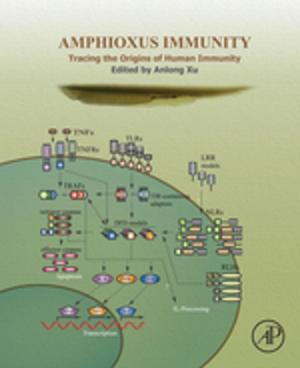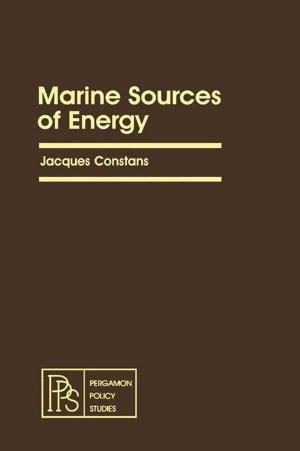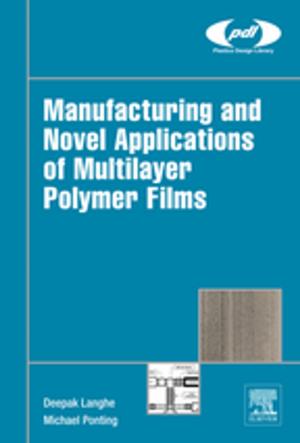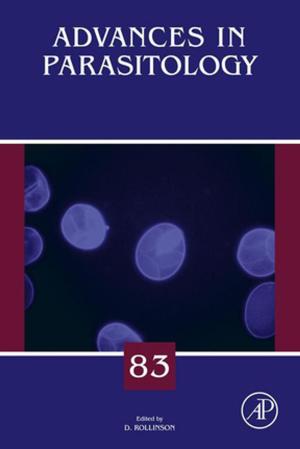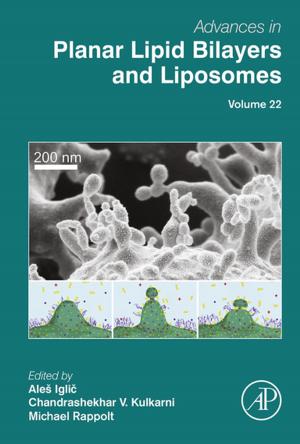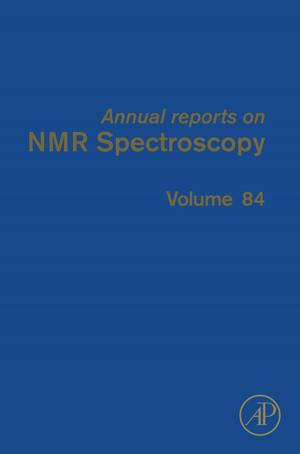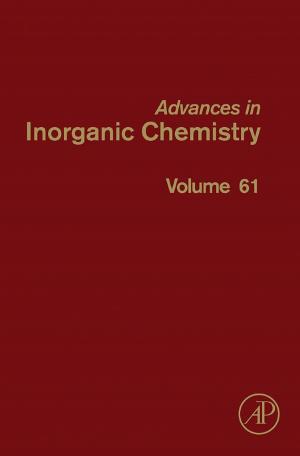| Author: | ISBN: | 9781483164700 | |
| Publisher: | Elsevier Science | Publication: | October 22, 2013 |
| Imprint: | Pergamon | Language: | English |
| Author: | |
| ISBN: | 9781483164700 |
| Publisher: | Elsevier Science |
| Publication: | October 22, 2013 |
| Imprint: | Pergamon |
| Language: | English |
Progress in Nuclear Physics, Volume 9 is a collection of six papers dealing with nuclear physics. The monograph discusses the significance of visual techniques in the development of high energy physics; the development of solid semiconductor detectors; theoretical techniques of high-energy beam design; and the structure analysis of collision amplitudes.
The book explains that the spark technique is preferred over the bubble chamber when used in experiments with continuous sources of radiation. The use of germanium and silicon semiconductor detectors has enabled advances in studies on protons, alphas, and heavy ions, through fast response time, ease of construction, and simple power requirements. The problems encountered in beam design and effective uses of large accelerators are discussed extensively. For example, the book explains that inefficient beam practice can diminish intensity factors in the accelerator, so different beam designs such as the quadruple and the separated beam design as well as the pulsed high-field magnets are considered. The link between theory and experiment of collision amplitudes is reviewed, including structure analysis in the physics of elementary particles. The resulting processes after strange particles such as K-mesons interact with nuclei, instead of reacting with individual nucleons, are briefly noted. The text also includes discussion on the essential electromagnetic properties of the muon and the different research by Crowe, Charpak et al., and Hughes et al. about this subject.
This collection of papers will prove useful for nuclear physicists, scientists, and academicians in the field of nuclear physics.
Progress in Nuclear Physics, Volume 9 is a collection of six papers dealing with nuclear physics. The monograph discusses the significance of visual techniques in the development of high energy physics; the development of solid semiconductor detectors; theoretical techniques of high-energy beam design; and the structure analysis of collision amplitudes.
The book explains that the spark technique is preferred over the bubble chamber when used in experiments with continuous sources of radiation. The use of germanium and silicon semiconductor detectors has enabled advances in studies on protons, alphas, and heavy ions, through fast response time, ease of construction, and simple power requirements. The problems encountered in beam design and effective uses of large accelerators are discussed extensively. For example, the book explains that inefficient beam practice can diminish intensity factors in the accelerator, so different beam designs such as the quadruple and the separated beam design as well as the pulsed high-field magnets are considered. The link between theory and experiment of collision amplitudes is reviewed, including structure analysis in the physics of elementary particles. The resulting processes after strange particles such as K-mesons interact with nuclei, instead of reacting with individual nucleons, are briefly noted. The text also includes discussion on the essential electromagnetic properties of the muon and the different research by Crowe, Charpak et al., and Hughes et al. about this subject.
This collection of papers will prove useful for nuclear physicists, scientists, and academicians in the field of nuclear physics.

